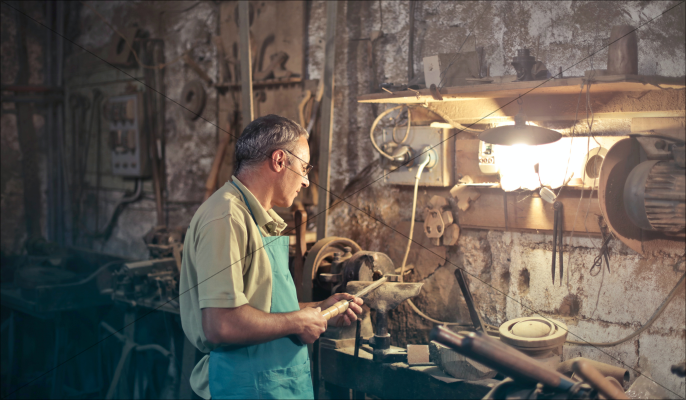Actuator
An actuator is a mechanical or electronic device that converts input signals or energy into physical motion or a specific action. Actuators play a crucial role in various systems and applications, providing the means to control or manipulate biological processes, machinery, or devices.
Key Features
- Motion Control. Actuators control and generate motion in systems. They can move components, adjust positions, or regulate processes in response to input signals or commands.
- Types of Actuators.
- Electrical Actuators. Convert electrical energy into mechanical motion. Examples include electric motors and solenoids.
- Pneumatic Actuators. Utilise compressed air to generate motion, often employed in industrial automation and robotics.
- Hydraulic Actuators. Use fluid pressure, typically hydraulic fluid, to create mechanical movement. Commonly found in heavy machinery and industrial applications.
- Piezoelectric Actuators. They rely on the piezoelectric effect to produce small, precise movements and are often used in applications requiring fine control sash in nanopositioning systems.
- Control Systems Integration. Actuators are integral components of control systems, working in tandem with sensors and controllers. They receive signals from the control system and respond by initiating the required mechanical action.
Applications
- Robotics. Actuators are fundamental to robotic systems, enabling precise movement and manipulation of robotic limbs and end-effectors.
- Industrial Automation. Widely used in manufacturing processes to control the movement of machinery, valves, and other components.
- Automotive Systems. Actuators are employed in various automotive applications, including engine control, power windows, and door locks.
- Aerospace. Actuators are utilised in aircraft control surfaces, landing gear mechanisms, and other critical systems.
Feedback Systems
Many advanced actuators are equipped with feedback mechanisms, such as encoders or sensors, to provide information about the position or performance of the actuator. This feedback enables precise control and enhances system reliability.
Actuators are the dynamic force behind the controlled movement in numerous technological and industrial systems. Their diverse applications contribute to processes' efficiency, automation, and precision across various fields, from manufacturing and robotics to automotive and aerospace industries.

 Let's dive right into how Iwoscan can reshape your manufacturing pipeline
Let's dive right into how Iwoscan can reshape your manufacturing pipeline